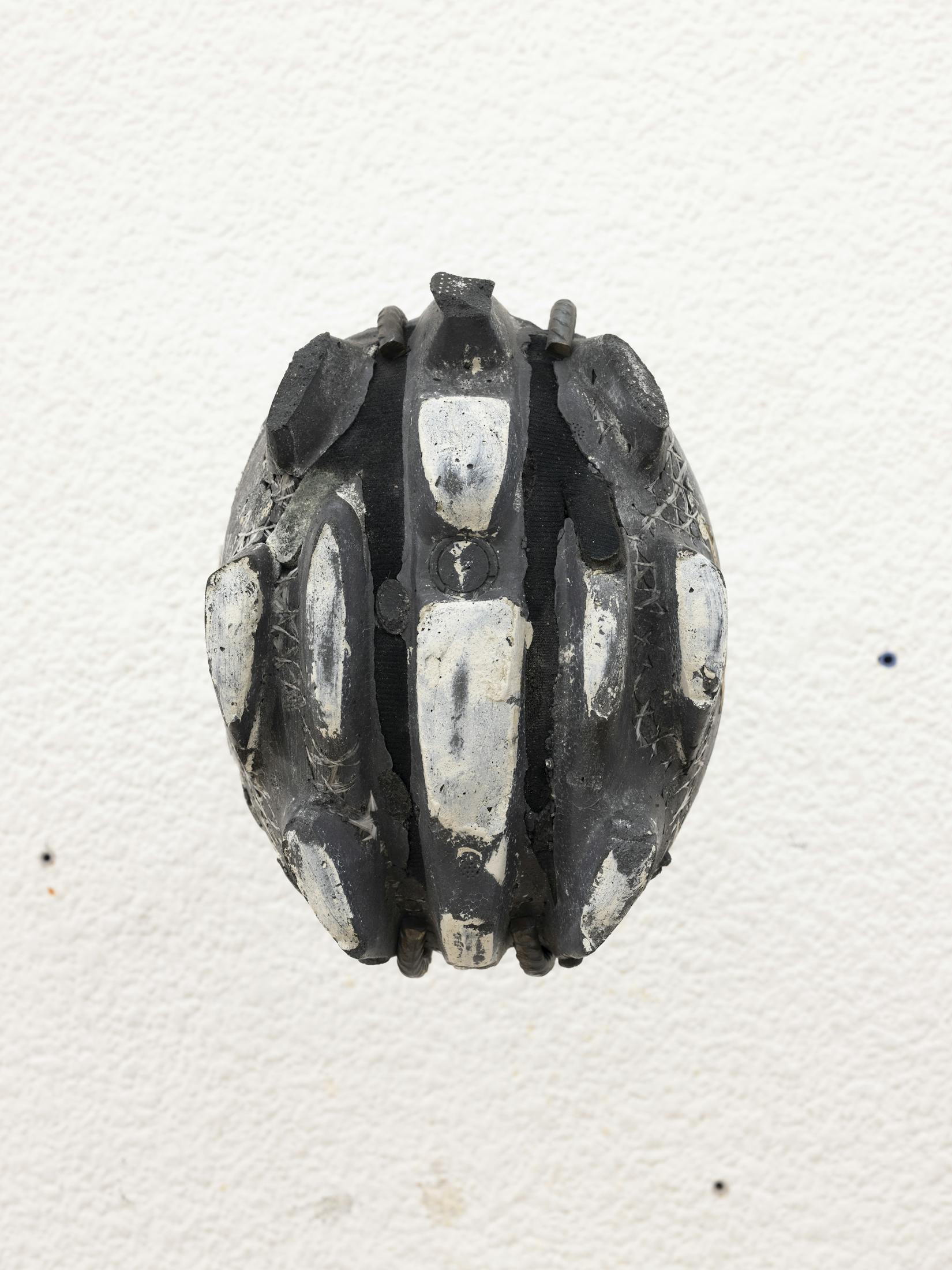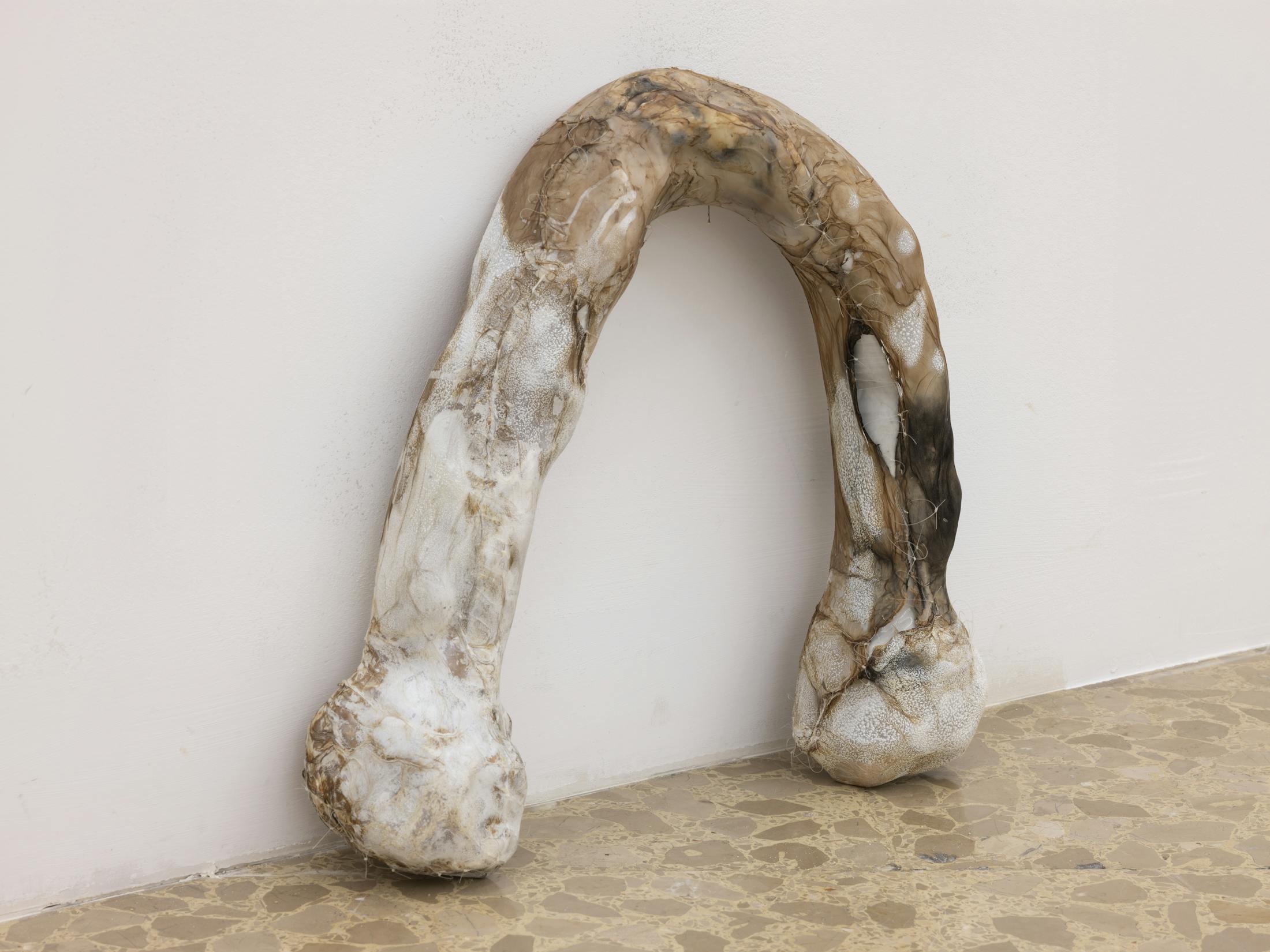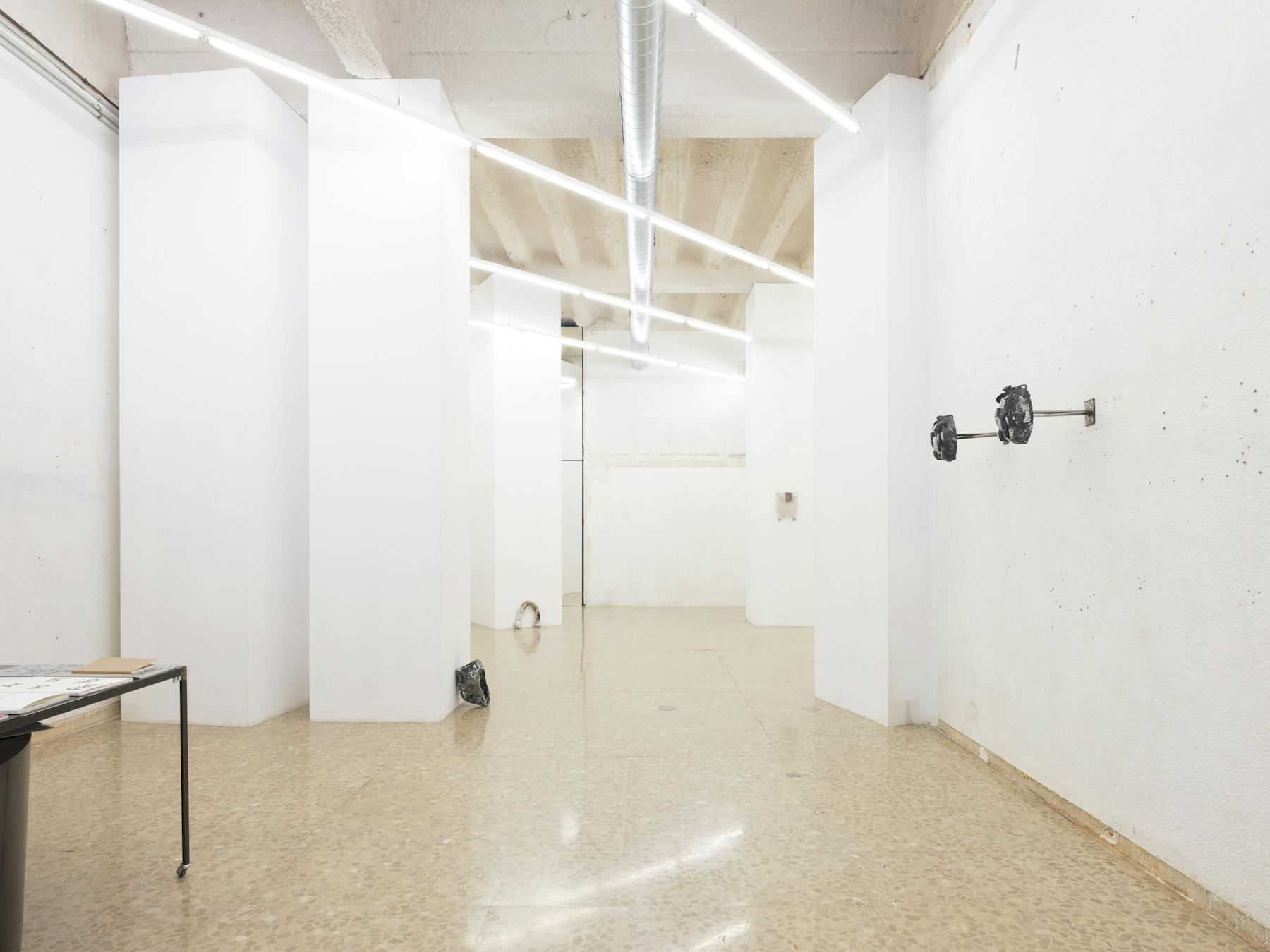Of shell, skin and bones approaches the notion of body from its absence, from objects and elements that bear witness to its existence, that give an account of its materiality, representation and fragility. Bodies that expand the definition of the explicitly corporeal in order to address their materiality.












